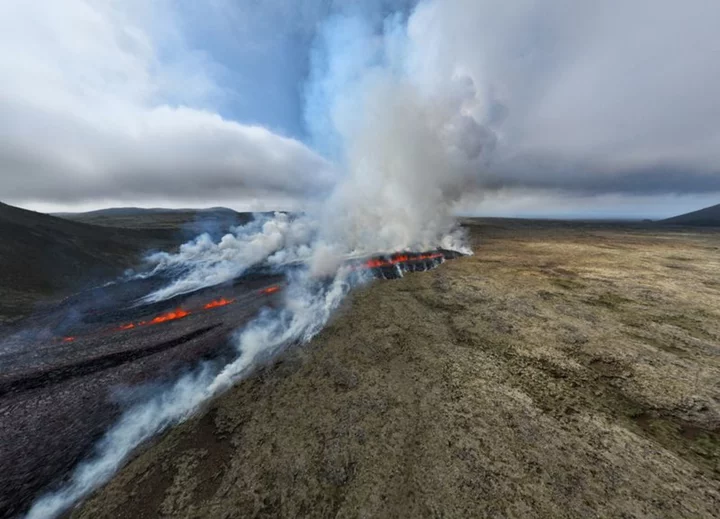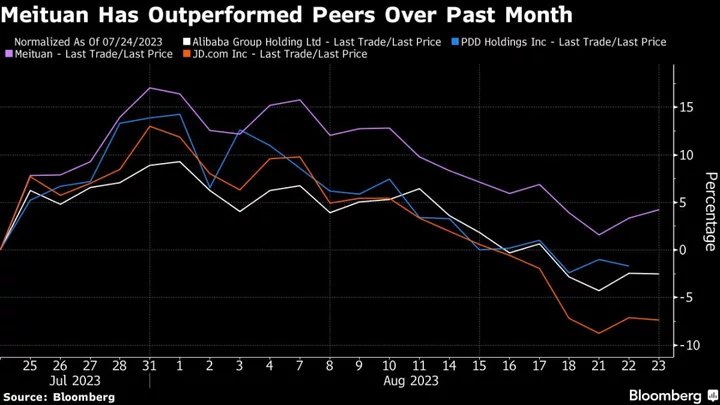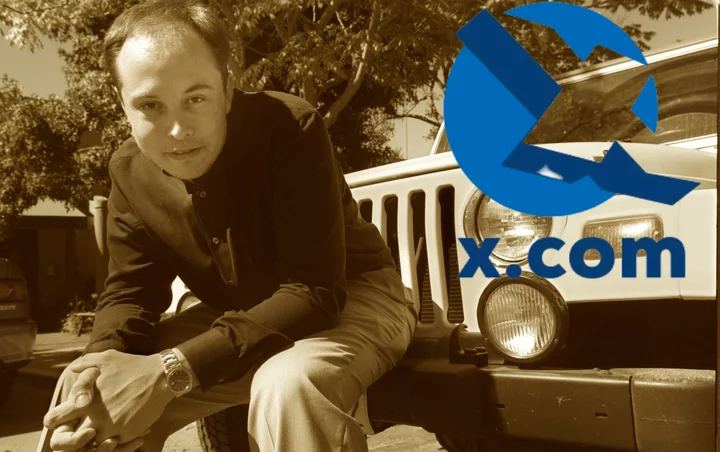
Wall Street heavyweights mixed ahead of Nasdaq 100 rebalance
(Reuters) -Shares of Wall Street's most valuable companies were mixed on Friday ahead of a rebalance of the Nasdaq 100
2023-07-24 20:20

'That's crazy': Dillon Danis pokes fun at Logan Paul and Nina Agdal's imaginary 'first born'
Throughout this ongoing feud, Dillon Danis has consistently targeted both Logan Paul and Nina Agdal
2023-09-03 22:28

FIFA 23 Level Up Your Game 1 Objective Set: How to Complete
FIFA 23 Level Up Your Game 1 objective set challenges detailing how to get each upgraded Level Up item in Ultimate Team.
2023-07-08 01:48

Iceland volcano eruption slowing, gas pollution drops
COPENHAGEN/OSLO A volcanic eruption in Iceland close to the capital Reykjavik is slowing and gas pollution is easing,
2023-07-11 22:49

China's Baichuan, Zhipu AI launch AI models after receiving approval
SHANGHAI Chinese artificial intelligence (AI) firms Baichuan Intelligent Technology and Zhipu AI on Thursday opened their AI large
2023-08-31 09:49

Meituan Outperformance May Gather Pace as Sales Bump Expected
A surge in sales expected for Meituan may be a catalyst to its shares, which have outperformed peers
2023-08-24 08:52

A Billion New Air Conditioners Will Save Lives But Cook the Planet
Summer in India has always been hot. Increasingly, it’s testing the limits of human survival. As temperatures have
2023-05-17 08:21

How to watch SBS On Demand for free from anywhere in the world
SAVE 49%: Unblock SBS On Demand from anywhere in the world with ExpressVPN. A one-year
2023-09-13 12:29

Elon Musk's 25-year obsession with 'X' explains what he did to Twitter
Elon Musk put so much of his fortune into X.com, he had a mere $4
2023-07-29 04:19

How the technology behind ChatGPT could make mind-reading a reality
On a recent Sunday morning, I found myself in a pair of ill-fitting scrubs, lying flat on my back in the claustrophobic confines of an fMRI machine at a research facility in Austin, Texas. "The things I do for television," I thought.
2023-05-24 08:16

Valmont® Trade Program Welcomes 24 Apprentice and Pre-Apprentice Students Amid Growing Need for Skilled Trade Workers
OMAHA, Neb.--(BUSINESS WIRE)--Sep 21, 2023--
2023-09-21 22:57

Amazon's Project Kuiper to Connect Vodafone Users in Remote Areas
Despite its struggles to get Project Kuiper off the ground, Amazon has reached a deal
2023-09-06 06:21
You Might Like...

ElonJet, the banned Twitter bot that tracked Elon Musk's jet, is now on Threads

US Commerce chief raised Micron, Intel with Chinese officials

Bitwarden Recognized as a Leading High Performer in the G2 Enterprise Grid® Report for Password Managers

Galileo Unveils ML Data-Quality Intelligence Platform for Faster, More Accurate Computer Vision Models

Brenmiller to Unveil Next-Generation Thermal Energy Storage System—the bGen™ ZERO for Heat Electrification and Industrial Sector Decarbonization: Register for Live Presentation to be held August 9, 2023

Best Prime Day 3D Printer Deals: Give Your Creativity a Boost for Less

Amazon to roll out ads on Prime Video in 2024

Every Modern Warfare 3 Verdansk POI in the Reveal Trailer
